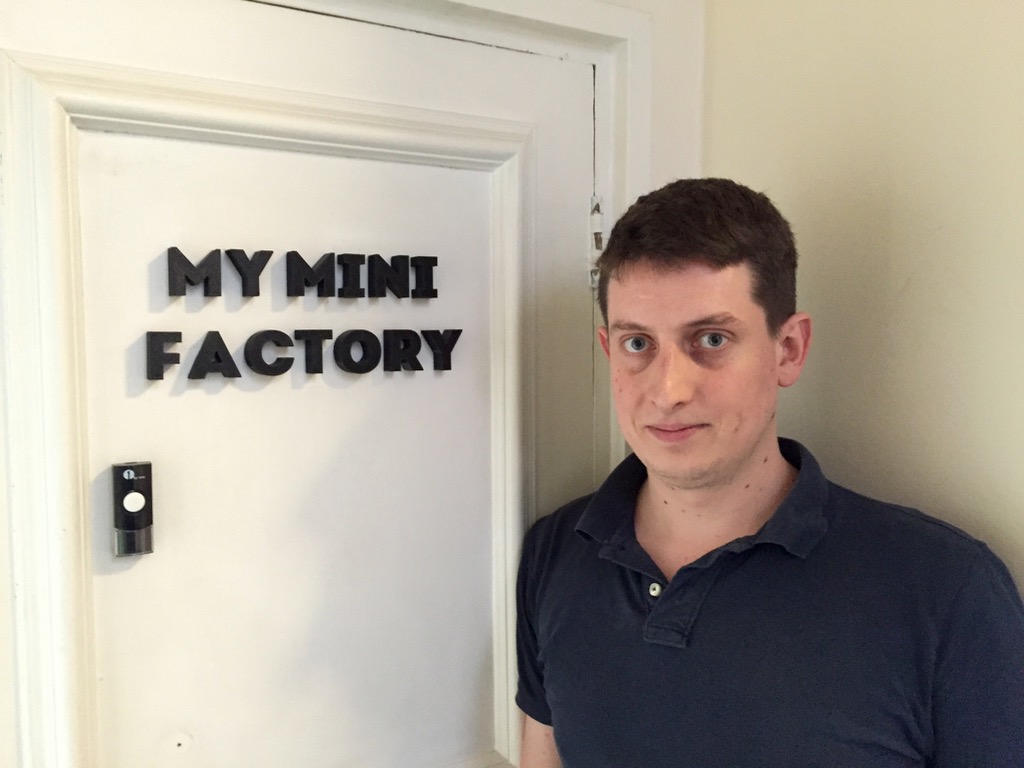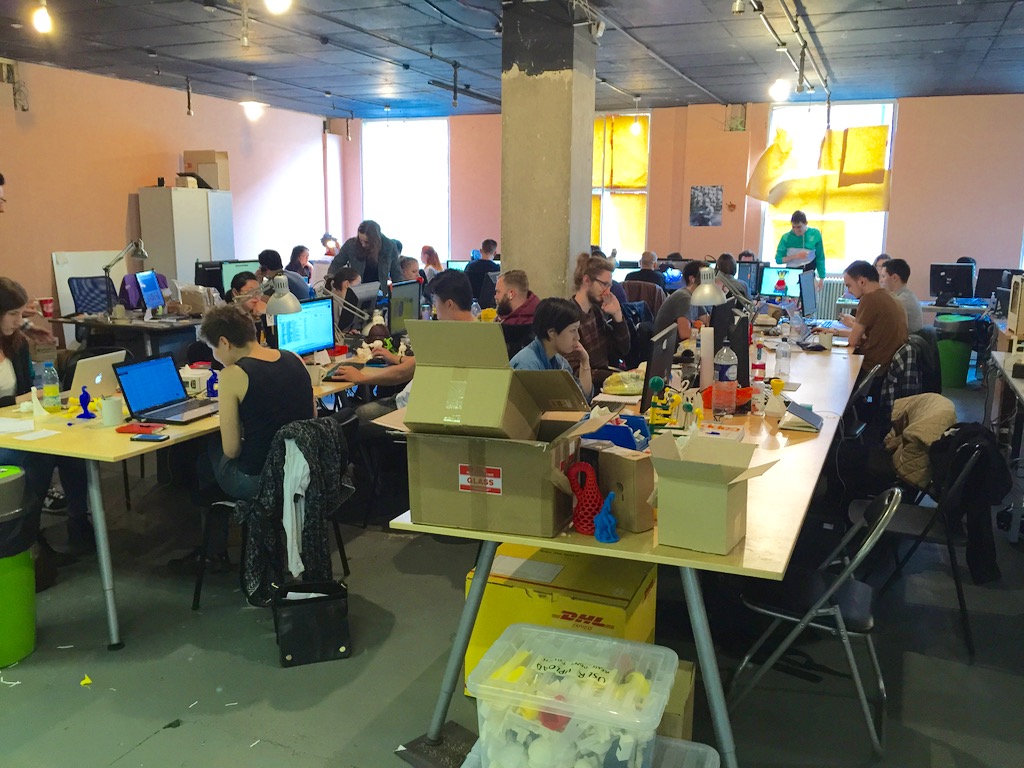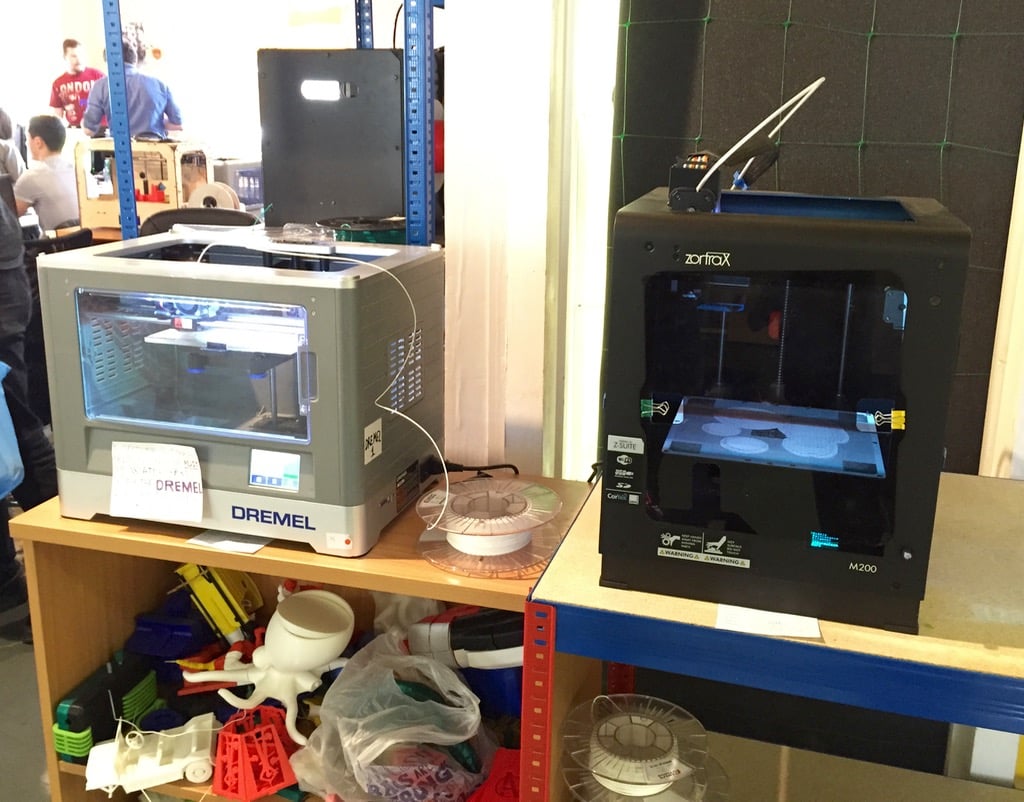
We recently visited MyMiniFactory headquarters in London where were quite surprised to see the scope of their operations.
MyMiniFactory is an online community dedicated to 3D printing, launched a few short years ago as part of the iMakr.vc family of 3D print ventures.
While the initiative began as a repository for 3D model content, it has now grown to include a variety of other services, including a job market, a web TV channel, a 3D printing service, a 3D skills connection service and more.
The core business, however, remains the 3D model repository, which intends on growing along with the 3D printing market. The key difference between MyMiniFactory’s model repository and most others is this:
What sets MyMiniFactory apart from other 3D file platforms is that each and every object is curated by an internal team, meaning that every object is guaranteed 3D printable, saving you valuable time and materials!
In other words, they ensure every item submitted to their service is actually tested. This is quite a different approach from most other repositories, where, like Thingiverse, models are not inspected in any way before presentation to the public. Other sites may do a cursory visual inspection of a 3D model before printing, but do not physically print them.

It may be hard to believe, but MyMiniFactory really does this. CEO Romain Kidd (shown at top) toured us through their extensive facility where you can see rows of specialists inspecting submissions daily. We observed staff examining 3D models using a variety of 3D software. Evidently they do perform visual checks before even attempting printing; if obvious issues are seen, they immediately provide feedback to the submitter.

Once files pass the “sniff test”, they are dispatched to printing. MyMiniFactory operates a fluid fleet of several 3D printers that are used to print submitted models. Here we see a Dremel and a Zortrax printing items. Note the pile of failed prints under the desk – if printing is not successful, then models don’t make it to public display. MyMiniFactory prints samples on a variety of every-changing 3D printers.
We’re told they now complete testing of more than 1,000 objects per month. All told, their current team is around 30 individual who not only test prints, but also provide design services, marketing, administration, management and web development. There’s also considerable effort spent processing successful 3D models, as they must be photographed, written up and published on the MyMiniFactory repository.

The operation even goes as far as assembling prints composed of multiple parts. This is an example of some type of spacecraft made from several parts.
We must not understate the effort required to print all these models. The MyMiniFactory operation consumes an astonishing number of kilograms of plastic each month, as they alway fill the print beds with prints before leaving for the day.

As a result of all this testing, the MyMiniFactory site is littered with prints of all kinds and colors. You cannot look anywhere without seeing a stack of prints of some type. Here we see a box of great prints located in their reception area, where, presumably, visitors can take one home. MyMiniFactory can always make more.
There’s an interesting side effect from this work: the volume of printing has built a strong knowledge of 3D printing among the MyMiniFactory team. Because they are “really doing it”, they “know why things fail” and “how to really solve 3D printing problems”.
We don’t doubt it, as this operation is printing more than we’ve seen any place do that isn’t a full-on 3D print service like Shapeways or Redeye.
If you’re interested in finding good 3D content for your 3D printer that actually prints, you should definitely check out MyMiniFactory.
Via MyMiniFactory

